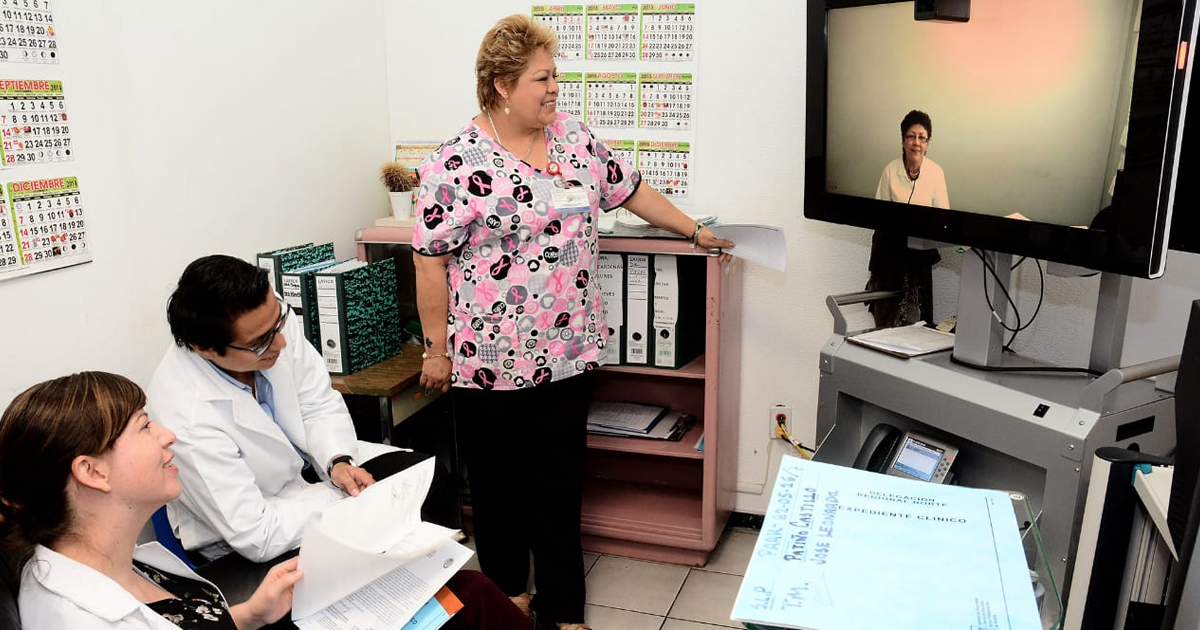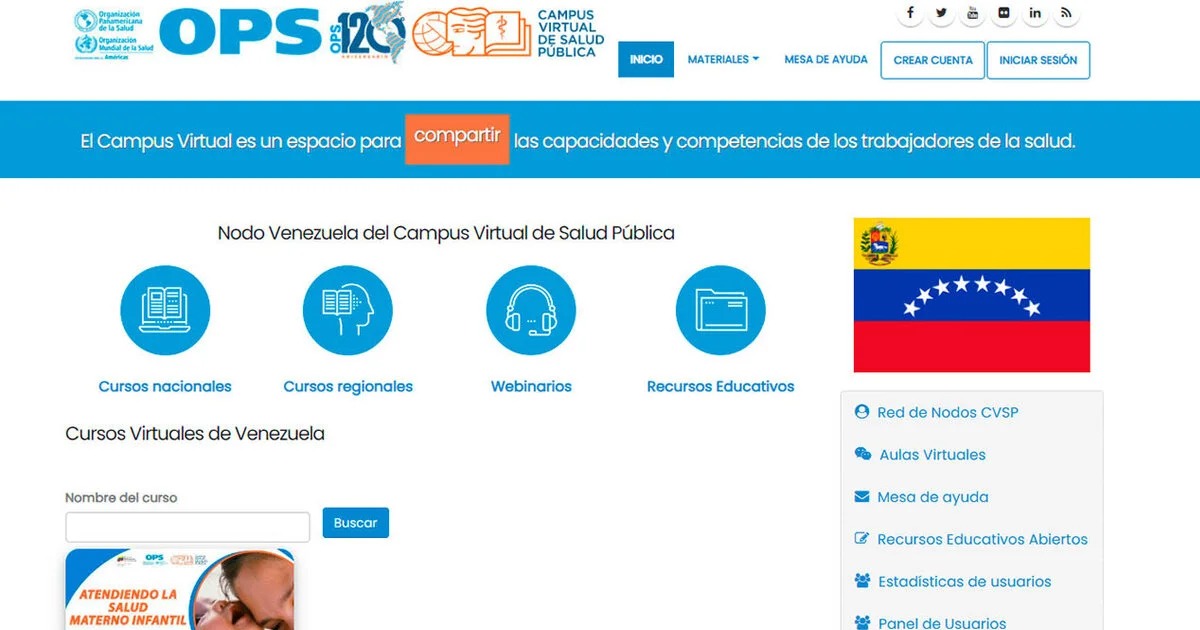Telemedicine and telehealth services in general, have had a significant growth since the early 2000s.
Telemedicine was institutionalized in Mexico in January 2004 thanks to the creation of the National Center of Technological Excellence in Health (CENETEC), which five years later was recognized as a collaborating center of the World Health Organization.
However, the health services of states such as Sonora and Nuevo León had been introducing teleradiology and remote medical care services since before 2010. Even the government of Nuevo Leon has registered inter-consultations in rural hospitals since 2002, as detailed in the 2010 State of Telehealth in Mexico report.

In December 2015, more than 10 years after the creation of CENETEC, the Mexican Official Standard Project PROY-NOM-036-SSA3-2015, for the regulation of remote medical care, was created. However, since before 2008, remote care was performed in 1st and 2nd level hospitals at the federal level.
However, on April 27, 2018, the Notice of Cancellation of the Draft Mexican Official Standard PROY-NOM-036-SSA3-2015, for the regulation of remote medical care, was published.
"Telemedicine has been found to offer advantages in Mexico, fundamentally breaking the barrier of physical distance, allowing greater coverage, potentially greater adherence to treatments and a clear decrease in travel, stay and productivity costs" (Dabaghi Richerand A, et al., 2012).
In the pandemic context, telemedicine systems in Mexico have opted for synchronous rather than asynchronous care to prevent further transmission. The Government of Mexico created the mobile application COVID-19mx available in the different mobile application stores.
For the detection of cases through this application it is possible to perform a screening test, by selecting the symptoms that have been presented in the user. States such as Chihuahua, Michoacán, Querétaro and Mexico City, among others, have developed mobile platforms, telephone lines and chatbots to attend to suspected cases.
The use and adoption of telemedicine as an intended service grew exponentially in Mexico during the last 12 months. CENETEC reported that, from January to November 2020, more than 5 million actions related to the use of telemedicine were carried out in state health systems.






